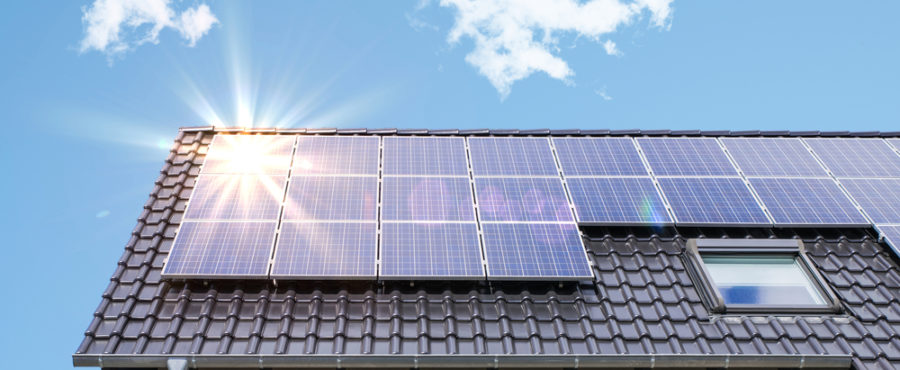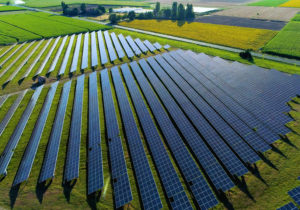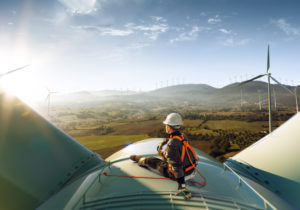
While a high percentage of scientists agree that we are in the midst of climate change, there are some that disagree with the idea. There is further conflict as to whether climate change is caused by human activities through greenhouse gas emissions.
Whether you believe in climate change or not, it is indisputable that fossil fuel supplies are not bottomless. Environmental issues may not be your major concern, but I’m pretty sure that you are concerned about the cost of your electricity.
Many are considering installing solar panels on their home for either environmental issues or because they need to reduce the cost of their utilities. Before making that final decision, there are a number of factors that should be considered.
Where do you live?
Where you live will affect the performance of your solar panels and in turn the amount you save on utility bills.
Solar panels will give their best value when you have at least 4 hours of sunlight each day. If you live in an area with more overcast days, your solar panels are still producing some power.
Even on a cloudy day, your solar panel can produce 10-25% of their capacity. This lower production percentage means you will have to tap into your local electric company for power on those days though. While this may mean a reduction in savings, you are still going to reap considerable savings by reducing the power you use from the utility company.
The real bottom line is the amount of sunshine you get throughout the entire year. Even on cloudy days, your panels are absorbing energy from the sun.
Whether you live in a warmer climate or your winters are cold, it has no effect on the efficiency of your panels. The energy is derived from the sunlight, not the ambient temperature. In fact, when the panels get too hot it can lower their efficiency.
What kind of roof do you have?
The proper installation of solar panels will depend on the type of roof you have. The ideal roof materials are composite, asphalt type shingles, tiles made of concrete or a metal roof. You can still have solar panels installed if you have other materials like tile, wood or clay, as long as they’re sturdy. With the latter type of installation, however, a professional in the industry should be consulted. They will be able to advise you of the proper installation and hardware for mounting the panels.
In addition to the roof material, the size of your roof is important to consider. The roof size will determine whether solar panels are plausible. The size also dictates how many solar panels you can actually have and whether or not its enough to fully power your home.
Generally, the minimum size for your roof is approximately 400-560 sq. ft. It is estimated that you will need 80 sq. ft. for every 1,000 Watts. Again this information is best obtained through a professional that has expertise in solar paneling.
Is your roof new or does it need replacing?
Before installing the solar panels on your roof, evaluate the condition of the existing roof. Solar panels can last 35 years or more. If the roof needs replacing after the panels are installed, everything will have to be removed and re-installed after the new roof is put on. If it needs replacing within the next 10 years, it’s advisable to replace it before installing the solar panels. This will save you from paying for removal and re-installment in the future.
Are you shaded?
Because solar panels absorb the sunlight and convert it into power, it’s important to find out how many hours of sunlight reach your roof. South, east or west facing roofs are the most desirable. The roof should also be free of any obstructions such as vents, antennas, chimneys or even wooded areas in the parts where your panels are being installed.
The angle of the roof along with the size of any shade trees in your yard are additional considerations. You may have to remove or trim any large trees that are blocking sunlight from reaching the panels.
A professional solar provider has technology that can tell you exactly where you stand in regards to shade trees, chimneys, proper panel positioning, etc. They have technology that pulls images of your roof via satellite and maps the suns direction over the course of the year to give you a very accurate reading.
There are instances where your roof may have less than ideal sunlight exposure, the wrong angle or obstructions that cannot be removed. If this is the case, you can still have solar power with ground-mounted panels. Installation of solar panels at ground level does cost more but you’ll be able to get an appreciable return on your investment.
Do you own your home?
The installation of a solar panel can only be approved by the property owners. If you own the home that you are living in, you are free to install the solar system and start reaping the benefits.
If you’re renting your home you’ll need to discuss the subject with the owner. Landlords may be reluctant to spend the money on solar installation since only the tenant will get the financial benefits. However, they can claim the tax write off.
As a tenant, there are some points that you could point out to the landlord to encourage solar installation.
By installing solar panels on their home, the landlord increases the value of the property. This would be especially appealing if the owner is considering selling the home in the next few years. Depending on the state, the landlord may be able to obtain additional incentives for installing solar panels such as net metering.
Another option you could discuss with the owner is leasing the solar panels. In most cases, the owner would not have to come up with a down payment. Any repairs or maintenance is taken care of by the leasing company and not the responsibility of the landlord.
Summary
As you can see, there are quite a few things to consider before installing solar panels on your home. The best thing to do is to consult a professional solar installation company with a great reputation.
They can use your previous utility bills to calculate how much you’ll save every month. They can also image your roof and tell you exactly how many panels you need, what they’ll produce, which trees are a problem, and more. It usually takes just a few minutes for them to gather this information so there’s no reason not to go that route[1].
[1] https://www.sunpowerbythesolarquote.com/blog/house-good-candidate-solar




